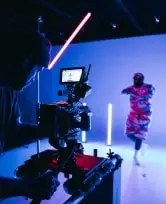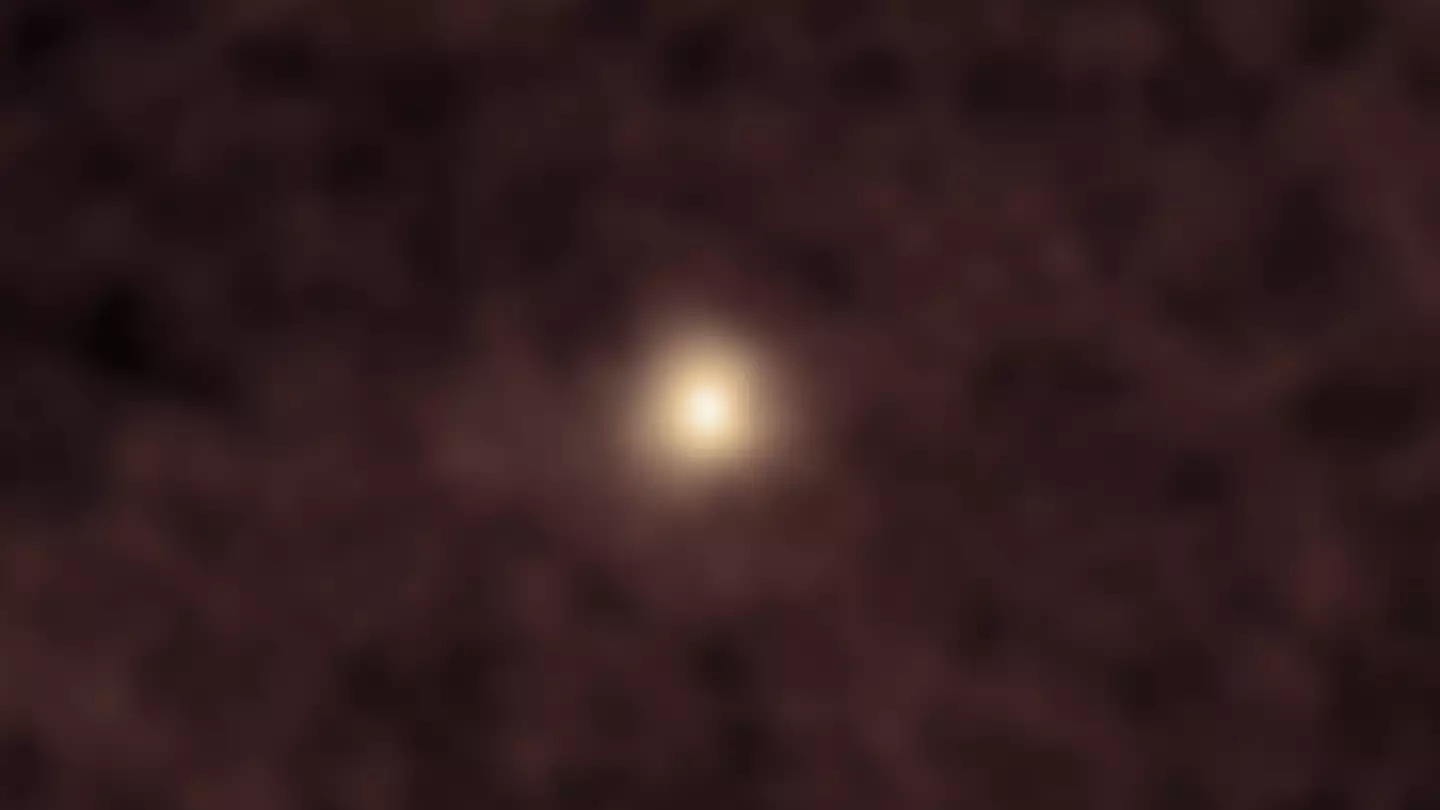


Leave the telescopes behind...
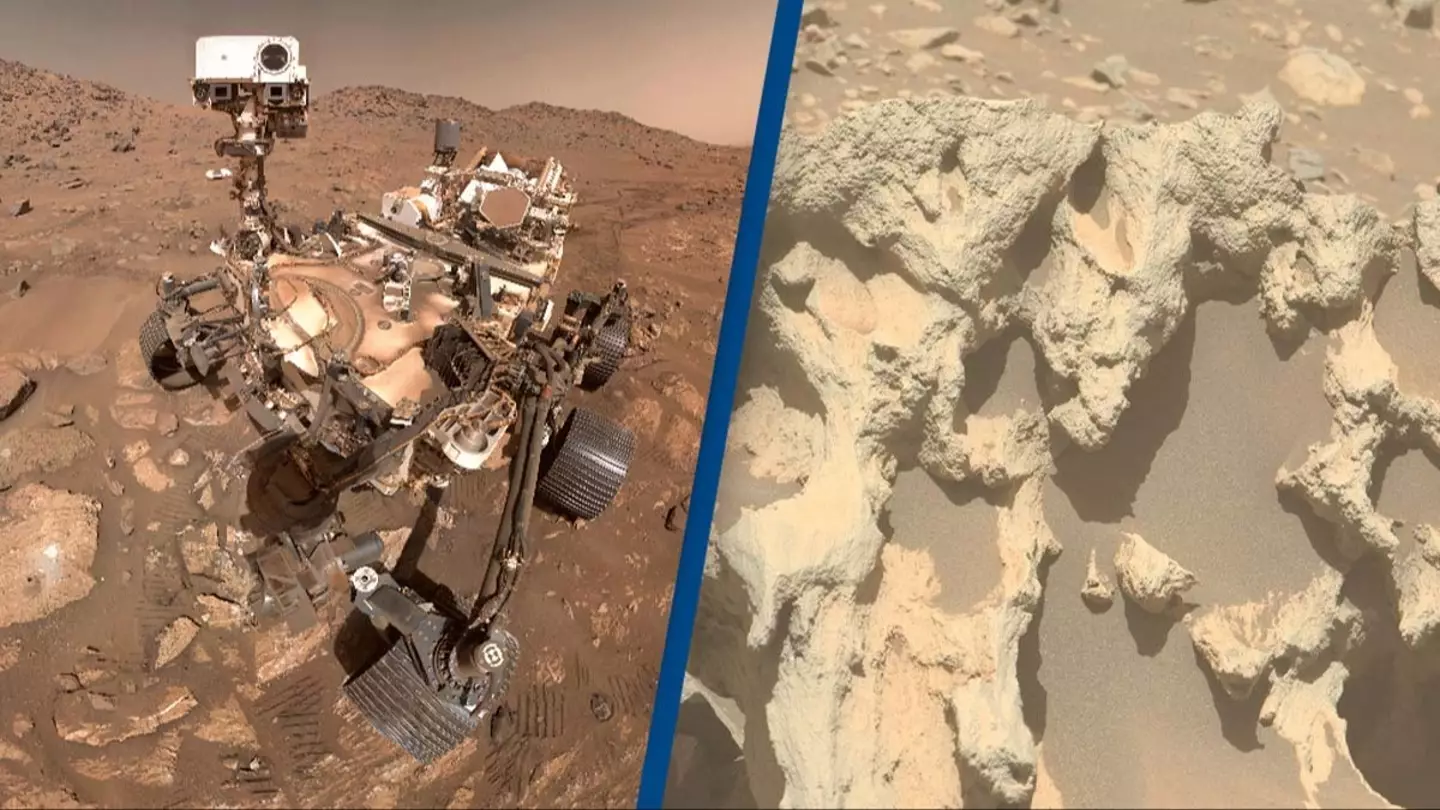
NASA's rover found something strange
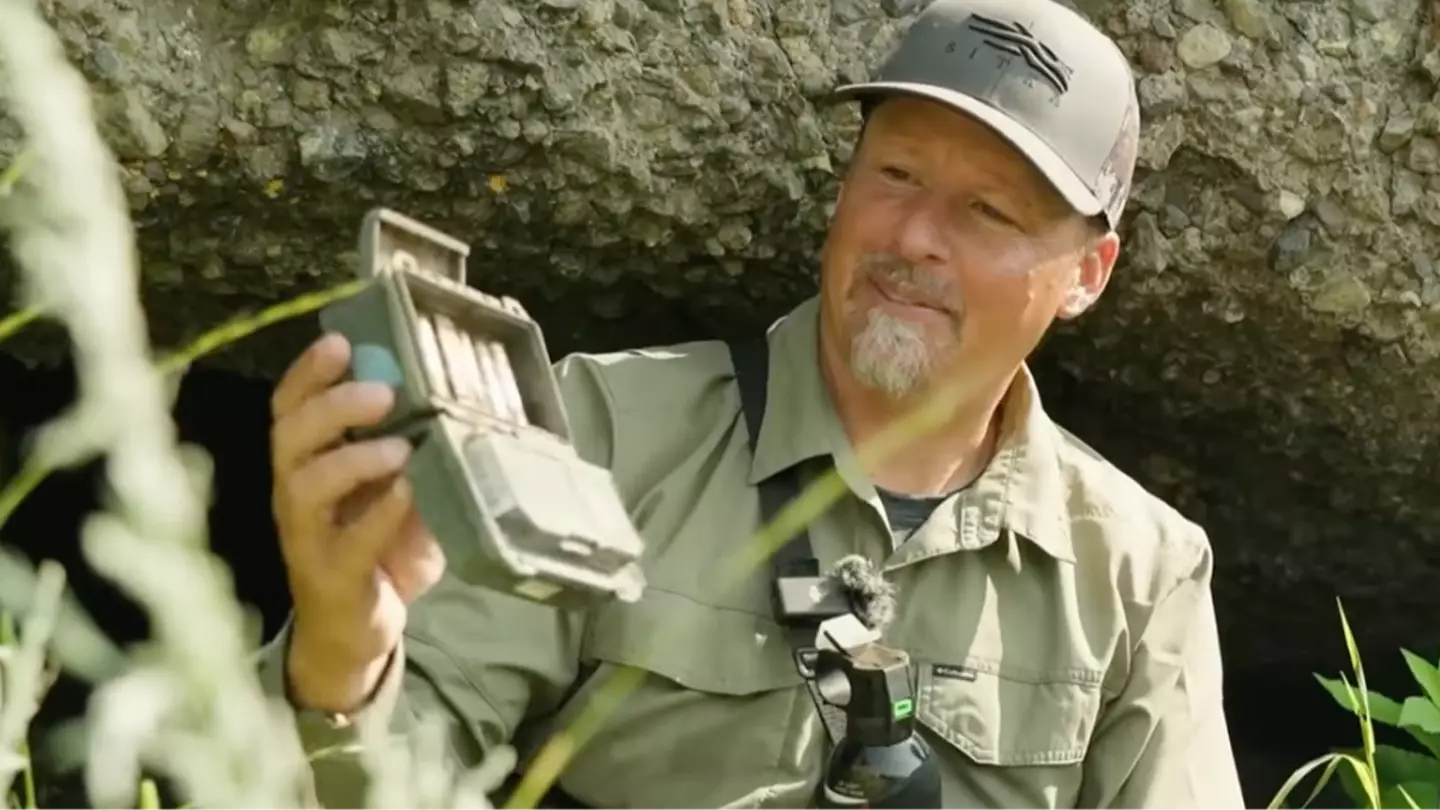
He was very surprised when he watched the footage back

Scientists think they could do something amazing outside of Earth

The designer luggage label has won rave reviews

The hacker known as PlugwalkJoe will have dozens of bitcoins seized in civil forfeiture, worth over $4 million
.png)
Some people have been saying they are glad they handwash

'It is understandable that people are afraid, and even angry'
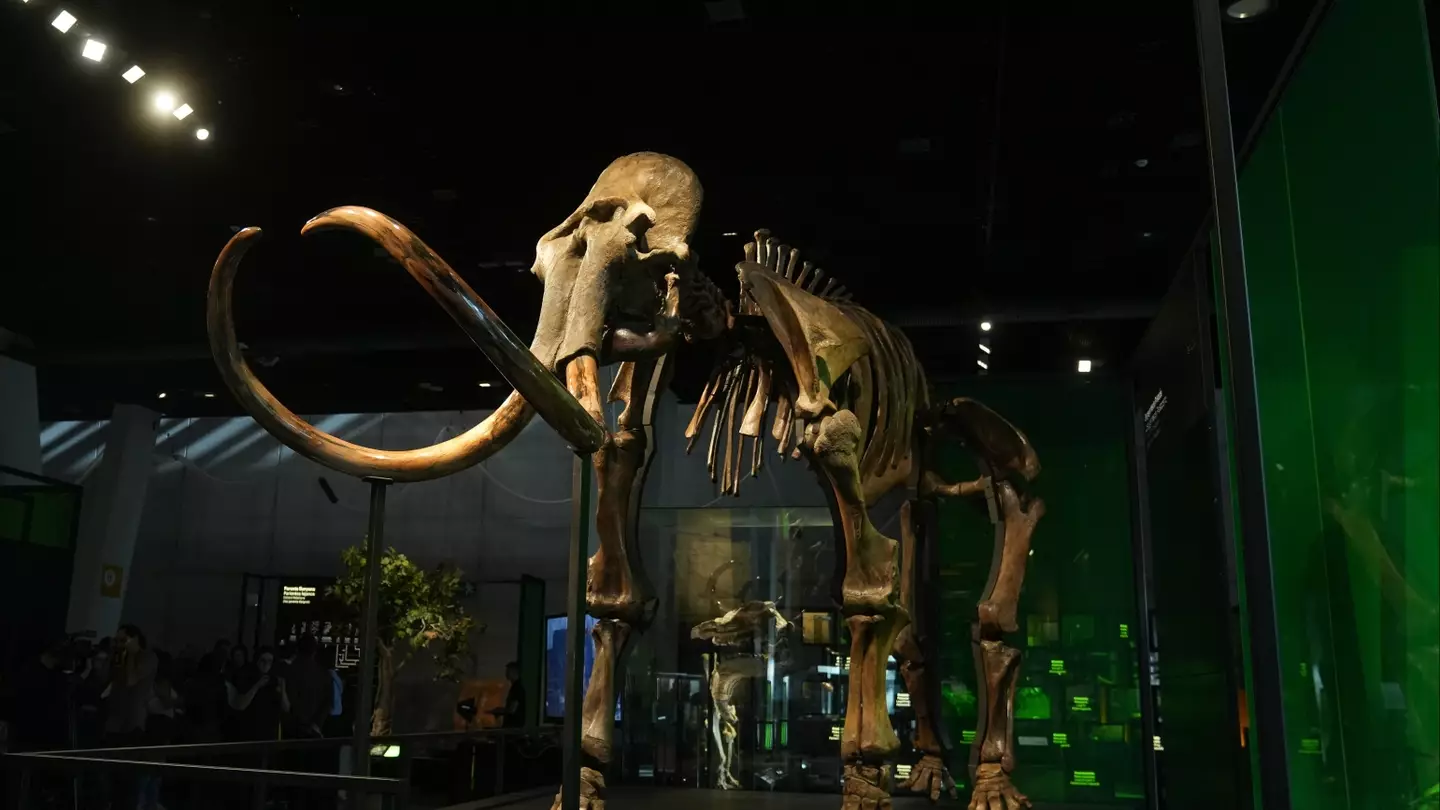
The technology may be there, but there are still some other things to think about
.jpg)
The toys were marketed to children, and include AI-powered chat which openly generated content about highly inappropriate topics

You had better start believing in cyberpunk-dystopias...you're in one.
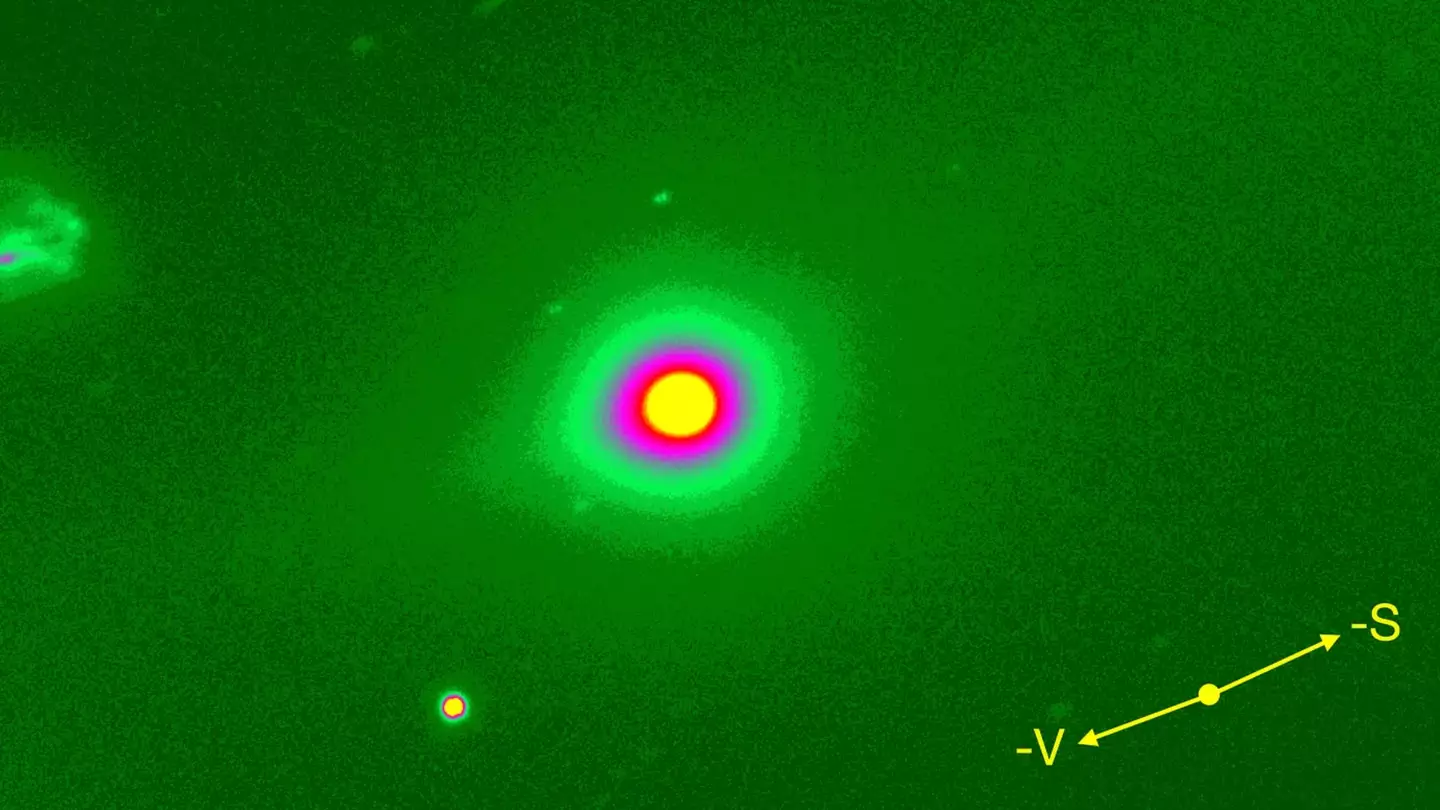
Scientists have claimed that the strange object hurtling towards the Earth is 'not natural'


TV shows have already warned us about this one...

Bryan Johnson is a self-described 'biohacker' who is aiming to 'live forever'
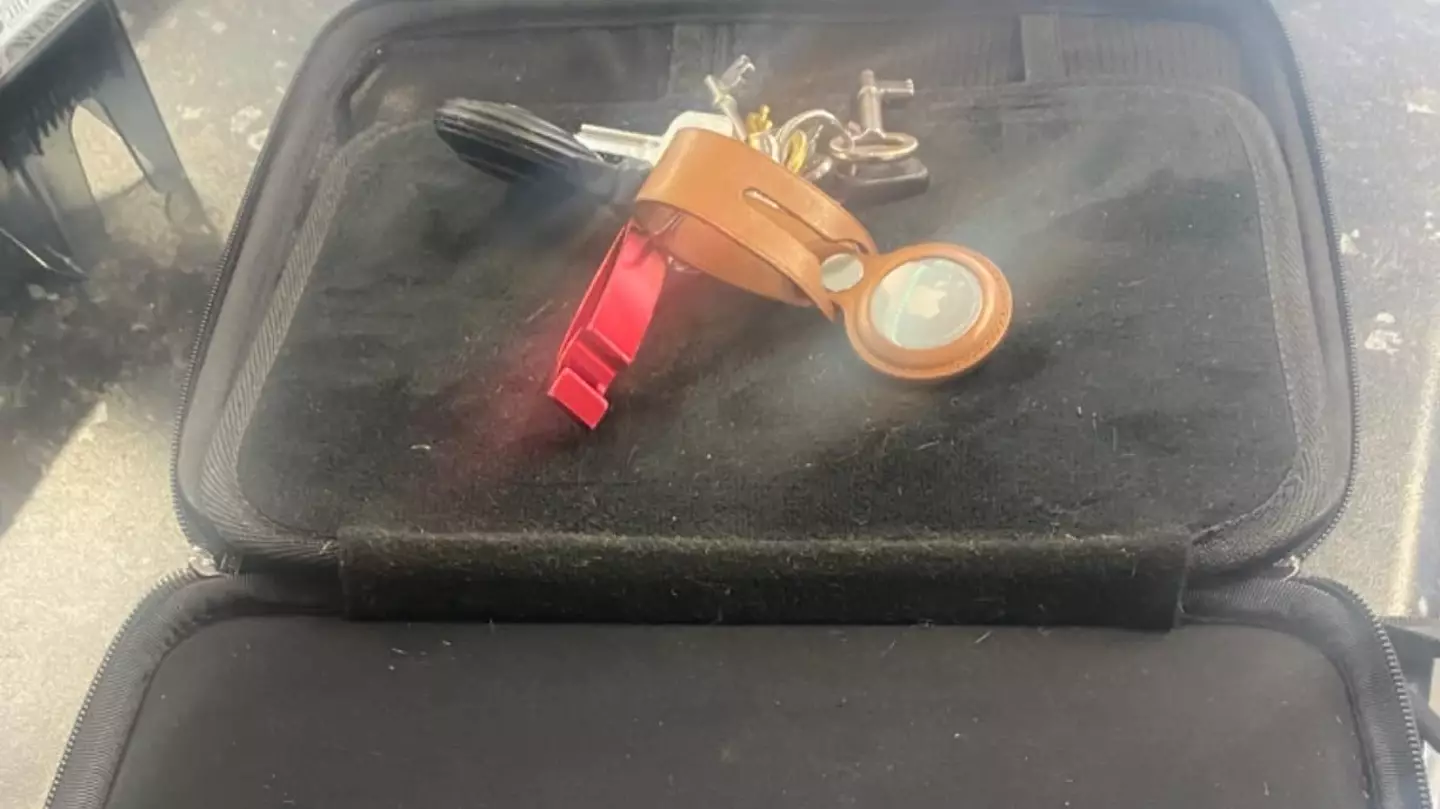
If you get anxious while traveling, this could be just the gadget for you or a loved one

The iconic actor has waded in on the debate about generative AI
.webp)
You can get stellar audio quality for a fraction of the price with these bargain earbuds

This AI stuff is certainly getting a little bit...different

The sale starts sooner than you think

It turns out that we can combine technology with humanity in the world of profession

Social media users have been left confused by the new launch

An expert has revealed his findings after looking at a shift in job postings

